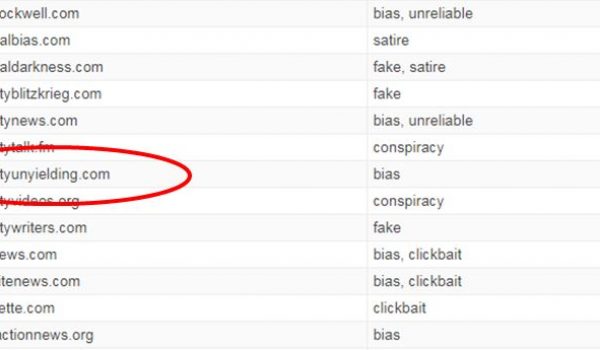
Sadly for its industrious backers, this story is not aging well. On Tuesday, the narrative was rolled out that in late March, after Robert Mueller handed in the report on his 22-month investigation, he sent a letter to Attorney General William Barr complaining about how Barr had highlighted the report’s conclusions in a memo to Congress.
The same day as the roll-out, 11 Democrats in the House of Representatives called on Justice Department IG Michael Horowitz to investigate Barr.
The American public had to go a good 24 hours without seeing Mueller’s actual letter to Barr, and thus relying solely on the reports of the Washington Post and New York Times for its contents.
Will this presidential election be the most important in American history?
On Wednesday, however, NBC News got hold of the original letter and has now made it available for public inspection. And none too soon: Barr testified in the Senate on Wednesday morning, and the subject of the Mueller letter came up repeatedly.
BREAKING: Read Special Counsel Mueller’s letter to AG Barr: "The summary letter … did not fully capture the context, nature, and substance of the Office's work and conclusions." pic.twitter.com/4IhNTJgKGy
— NBC News (@NBCNews) May 1, 2019
As a quick refresher, the important take-aways from the Mueller letter story were that (a) Mueller himself confirmed to Barr that Barr had said nothing inaccurate in his highlights memo sent to Congress; and (b) Mueller’s concern was that, because Barr’s memo “did not fully capture the context, nature, and substance of this office’s work and conclusions,” the “media coverage” of the yet-to-be-released report was “misguided.”
Mueller’s letter was said to stress that his office had suggested making an early release of passages in the report: introductions and executive summaries for the major sections. These passages represented 19 pages of the entire 448-page report. On 27 March, Mueller emphasized his desire to have them released. Later, on 18 April, all 448 pages were released (with some redactions, mostly in the section on “Russian interference” in the U.S. election).
The now-available Mueller letter confirms the details previously reported about it. As gratifying as that might be for the reputations of the NYT and WaPo, it’s devastating for the goal of the narrative about Mueller’s letter.
The narrative – ably acted on by the 11 House Democrats – is effectively that Barr misused his position to give the media only a misleading amount of “context, nature, and substance” to work with in the interim between 24 March, when Barr’s highlights memo went to Congress, and 18 April, when the full Mueller report was released.
Sen. Ted Cruz (R-TX) blasted a hole in that story line during his Q&A with Barr in the Judiciary Committee hearing on Wednesday.
Attorney General Bill Barr flashes a smile and even a chuckle as Sen. Ted Cruz (R-TX) absolutely destroys Democrats on the Senate Judiciary Committee for their "exceptionally weak arguments" pic.twitter.com/InN93yMvSM
— Ryan Saavedra (@RealSaavedra) May 1, 2019
He points out, between bouts of chuckling, that Barr went Mueller one way better, and instead of releasing 19 pages released 448.
And here’s the devastating follow-on point. Barr’s highlights memo of 24 March said “no obstruction.” The 448-page report released on 18 April made it clear that Mueller looked at a tremendous amount of evidence – well laid out for us, indeed in gratuitous detail – and was unable to locate a predicate for obstruction charges. Mueller did not refer Trump for obstruction charges, and Barr found no basis for obstruction.
So the gist of Barr’s original highlights memo to Congress was validated by the 448-page report.
Since “no obstruction” was what the media were reporting the whole time – even the media that didn’t want to report that – it doesn’t appear in hindsight that the media coverage was misguided.
It does now appear that the Mueller letter was written because the man who signed it wanted a specially selected 19-page release, in order to lead the media coverage away from the accurate conclusion.




